A few months ago, I met Jeni Bauer from Jeni’s Splendid Ice Creams. When chatting with her, she let us know that she is working on a cookbook to help us amateurs make ice creams as unctuous and creamy as hers.
But I am impatient. And I want to make my ice cream NOW. So I hit the web to see if I could find any hints. And indeed I did. As it turns out, Jeni had given an interview with Food and Wine, sharing some of her secrets to making great ice creams at home. Of course, being myself, I decided to loosely use her recipes as a guideline but to add my own little twist. But more on that later.
In order to familiarize myself with how ice cream actually works, I decided to do some research on how ice cream works scientifically. I had made ice cream once before, and the results had been ok (my most dedicated readers will remember that it was the eggnog ice cream from Broguiere’s in Los Angeles). The ice cream was flavorful but a bit too icy. It was more like an eggnog granita (if such a food can exist). With that experiment in mind, I wanted to know what was going on in the ice cream maker, and, if possible, how I could prevent an icy mess again.
The long and short of it is this: ice cream is a colloidal structure, meaning that substances are evenly dispersed on a microscopic level. Air and ice are basically dispersed amidst water and fat, sort of like a cold salad dressing (but more delicious). The added emulsifiers, be it egg yolks or whatever, help prevent the mixture from becoming a solid block of fat when frozen (which is why you can’t just freeze heavy cream and call it a day). The churning process helps build the tiny ice crystals that give ice cream its texture and incorporates air into the mix, which is a vital part of the process. Small crystals=creamy ice cream, large crystals=granita. In terms of fat content, ice cream tends to have a pretty high percentage of fat (average is in the 20% range), although for the FDA 10% is the bare minimum. Gelato has much lower fat content (typically less than 10%), but the gelato-making process is slightly different, ultimately resulting in smaller air bubbles, which in turns produces a more dense texture and flavor.
Now that that’s out of the way, let’s get on to my own ice cream making. Would my enhanced knowledge of ice cream actually allow me to make creamy delicious ice cream at home?
The final answer was, well, “kinda.”
Take One
I decided to use the pistachio recipe found within the Food and Wine article. However, I wanted to add something more to the recipe. I wanted to add a fruit component (cranberry) and a spice component (ginger). Pistachio cranberry ginger ice cream. It sounded delicious.
I also added some other little twists, like reconstituting the dried cranberries with white wine, and making a ginger simple syrup. I cut back on the sugar called for in the recipe and also cut back on some of the heavy cream (you know, to be healthy).
Into the Machine: A Cream Odyssey
Before starting the process, everything tasted on point. The cranberry jam was bright and flavorful, the ginger simple syrup was spicy and sweet, the pistachios tasted like pistachios. I figured this would be a home run. After getting through the heating process, I quickly cooled the mixture in an ice bath, as instructed, but I think that this is where my technique started to break down a bit. I didn’t reduce the mixture enough, so I didn’t end up with a creamy mixture. If you look at where the whisk enters the mix or around the edge, you can see the air bubbles which, in hindsight, should have tipped me off.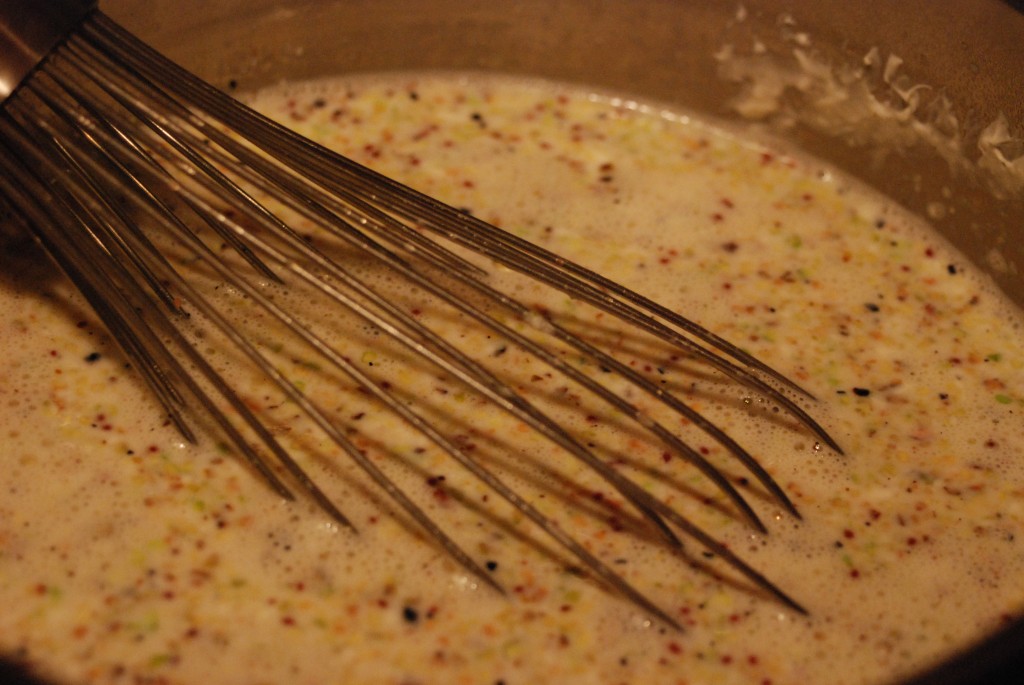
Nevertheless, I carried on and strained the mixture into the ice cream maker. After about 20 minutes, it was coming together, but I could tell that the consistency was too icy (as pictured below). Failure again! The flavor was good, but it really just tasted like pistachio. My subtle flavors had been masked by the green nut bandit, so I was basically left with pistachio sorbet. It tasted good, but had no chance of being edible after storage. Sure enough, after a couple of hours in the freezer, I had a pistachio brick.
As always, I jotted down some notes about how to improve my ice cream makin’ skillz:
– Mo’ fat: Fat is necessary to the process. Well, fat needs to be replaced with something in order to maintain consistency, and I don’t have the chemistry background to know what exactly that is.
– Mo’ heat, Less liquid: Reducing the base mixture is critical to reducing the size of those ice crystals once the mixture hits the machine. It has to pass the “spoon test,” just like a fine Hollandaise.
– Mo’ Protein: Just like my trials and tribulations in the pizza dough world, I am realizing the importance of protein solids when it comes to food texture. I needed more fat solids in this ice cream, which probably would have been provided from the cream that on which I cut back.
– Less acid: The ginger syrup and cranberries also probably did not help my case when it comes to consistency. Add a few drops of lemon juice to your already-emulsified balsamic vinaigrette and you’ll see what I mean. I shouldn’t have figured ice cream would have been much different.
We’ll see how it goes next time (spoiler alert: way better!).
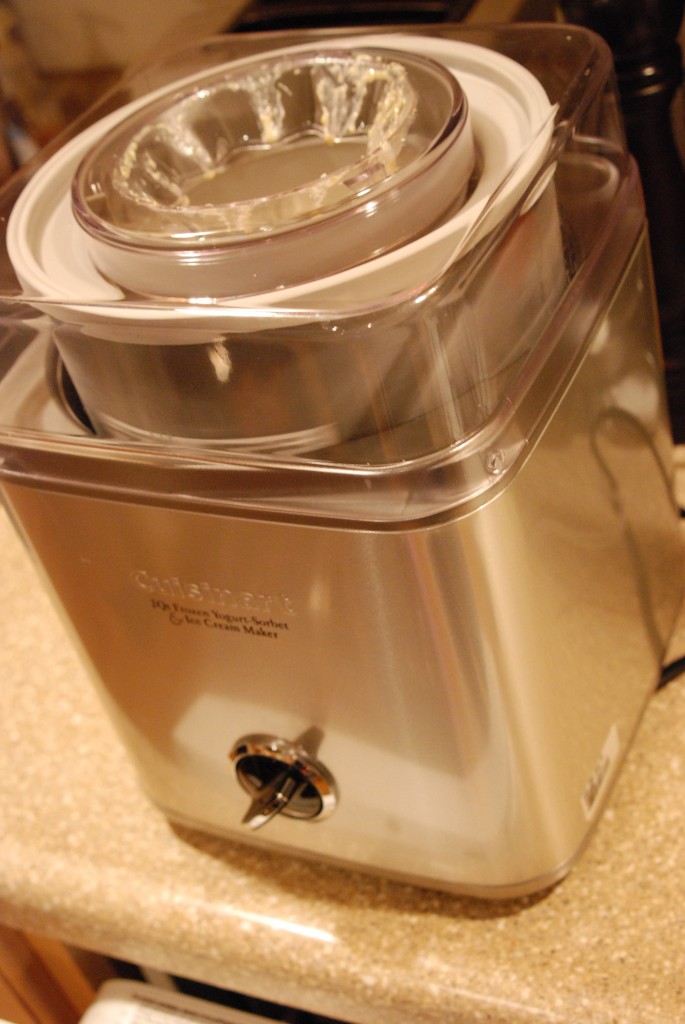
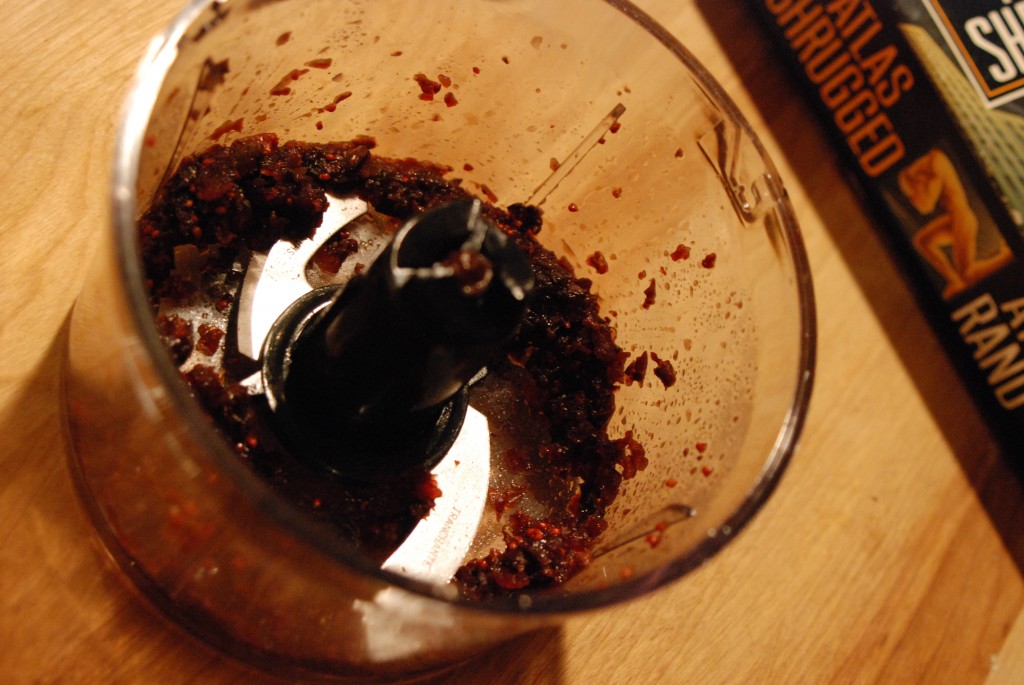
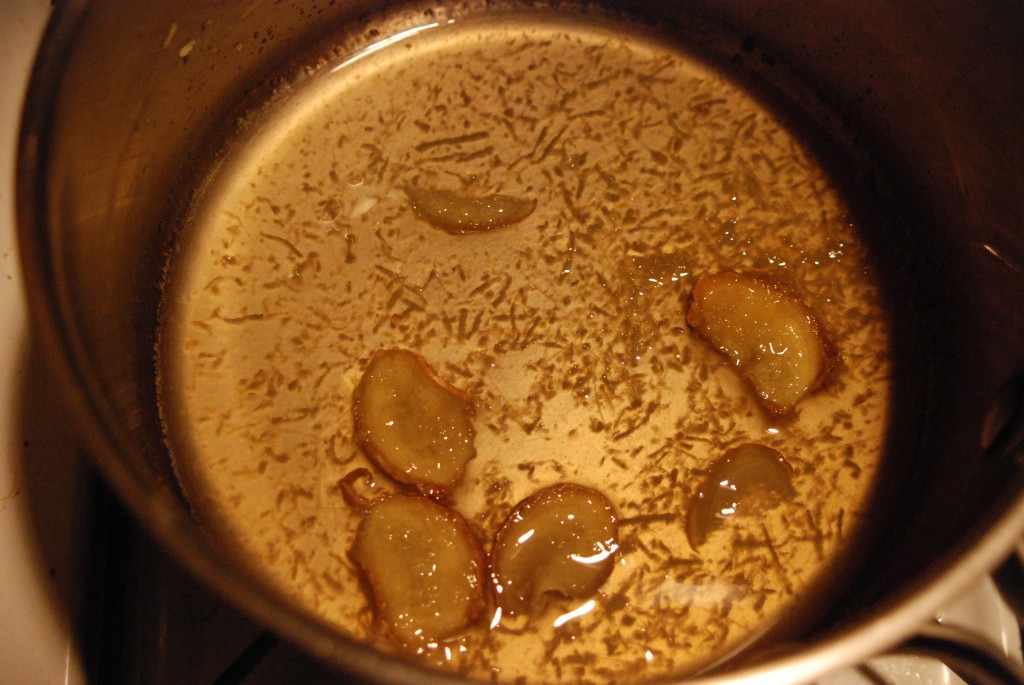
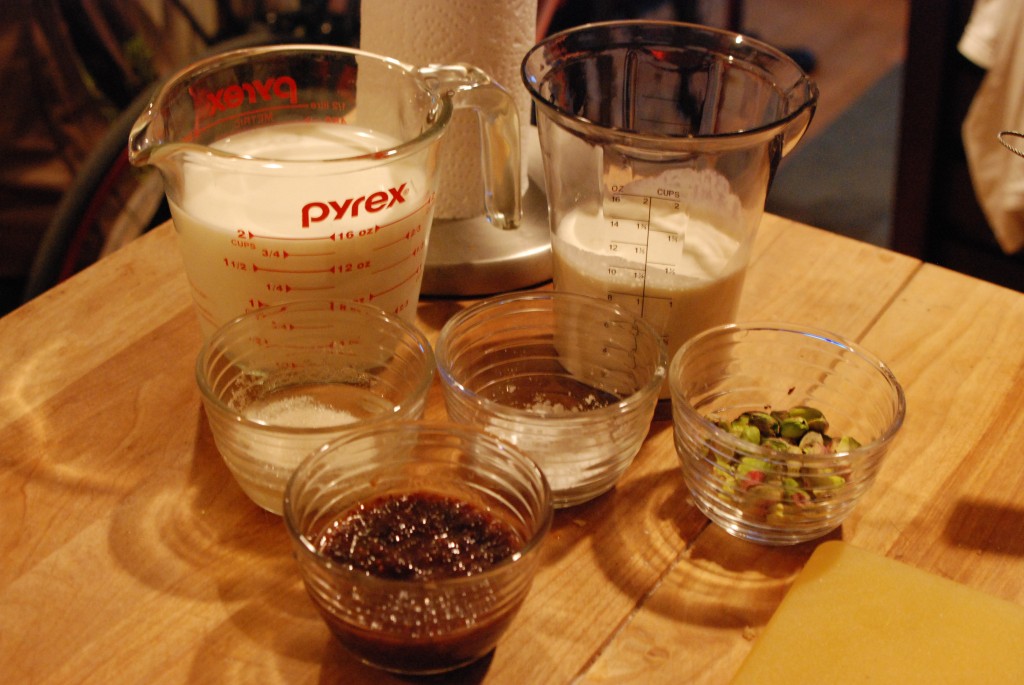
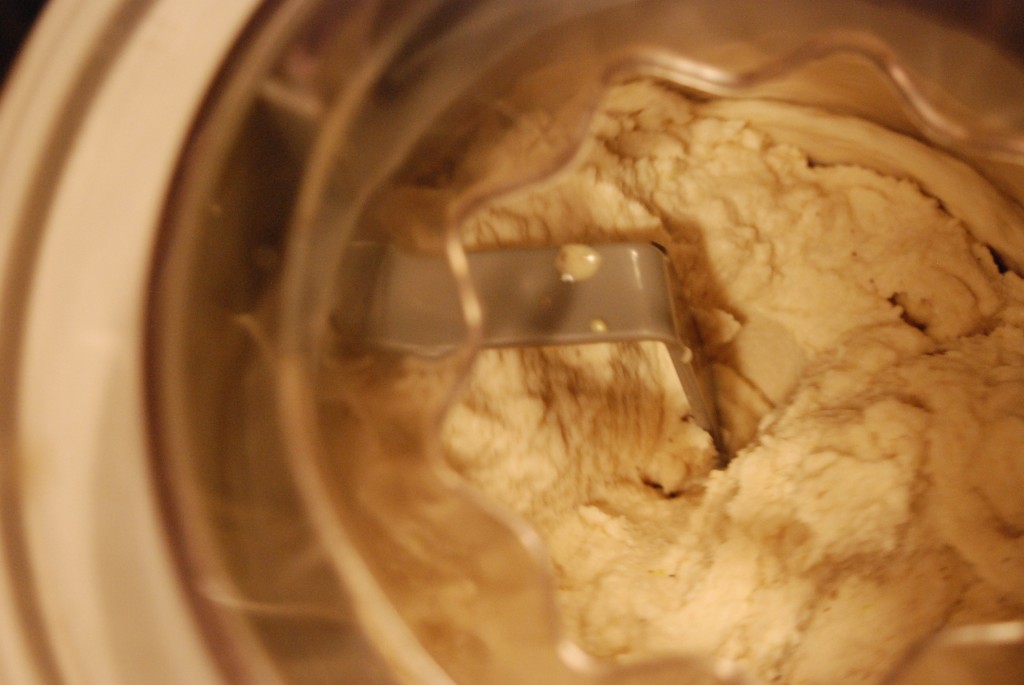
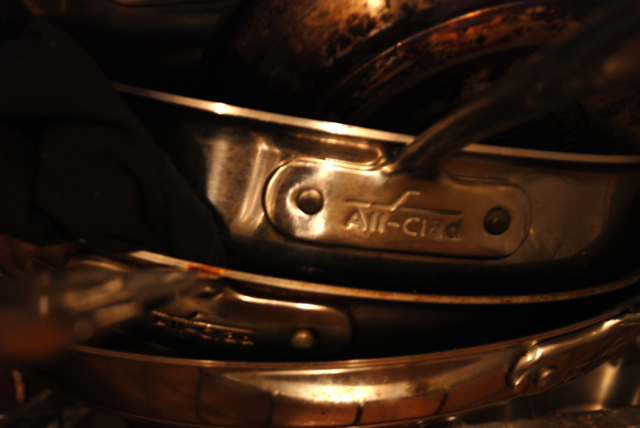

0 Responses to “Making Ice Cream at Home: Take I”